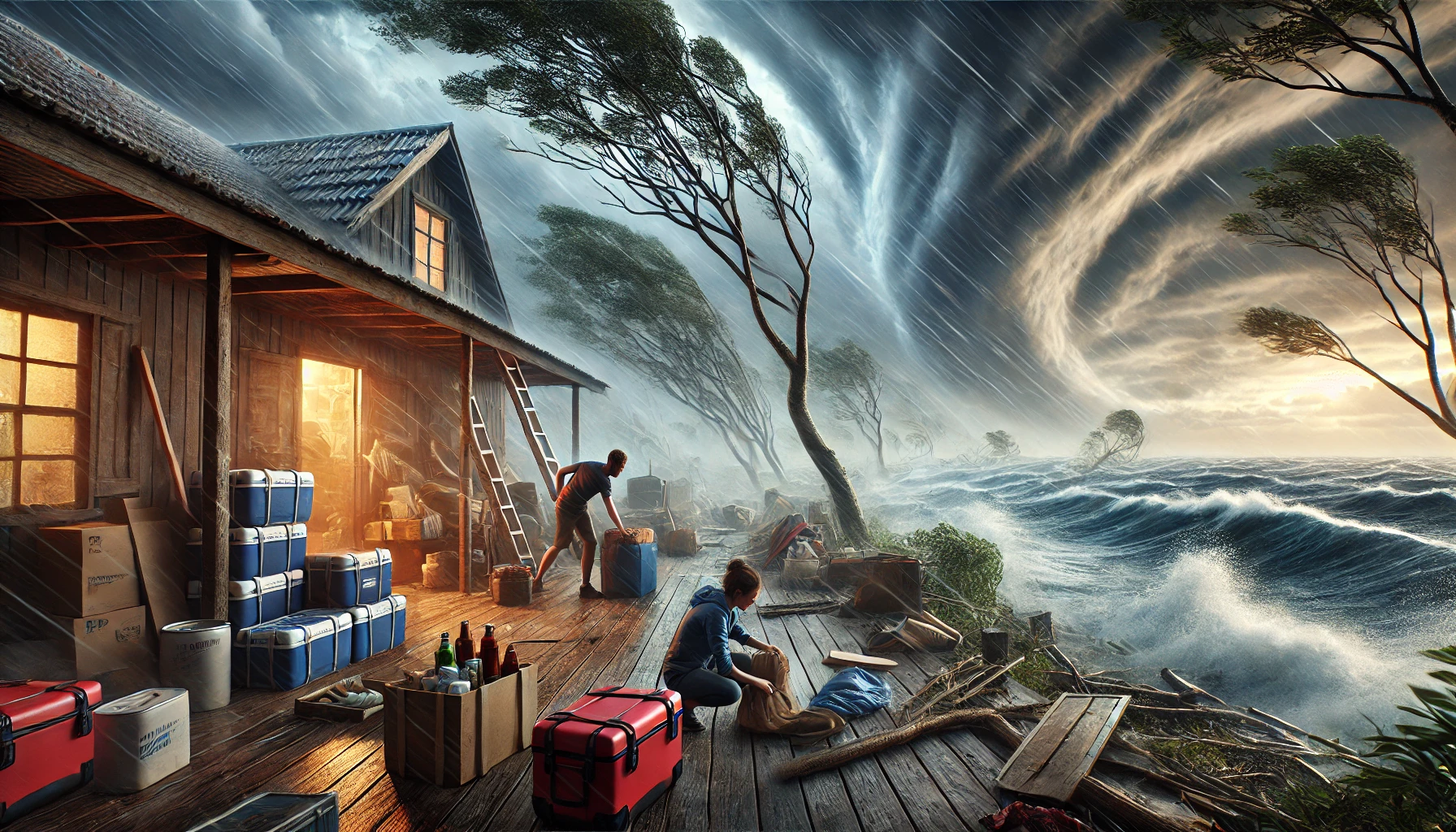Emergency Kit for a Cyclone: Essential Supplies for Safety
Cyclones can disrupt lives with little notice, but a well-prepared emergency kit can make all the difference. Creating an effective emergency kit for a cyclone ensures you and your family have the resources to stay safe during and after the storm. Here’s a comprehensive checklist, including the use of campaign blankets to keep warm and comfortable.
1. Basic Supplies
Stock basic essentials to sustain yourself for at least three days.
- Water: Store at least 3 liters per person per day.
- Non-Perishable Food: Include canned goods, energy bars, and ready-to-eat meals.
- First Aid Kit: Pack bandages, antiseptics, pain relievers, and prescription medications.
- Flashlight: Include extra batteries for consistent lighting.
- Battery-Powered Radio: Stay updated on emergency alerts and weather forecasts.
2. Personal Items
Keep personal essentials ready for convenience and comfort.
- Medications: Pack enough for at least a week, including prescriptions.
- Hygiene Products: Include items like toothbrushes, toothpaste, and sanitary supplies.
- Change of Clothes: Pack lightweight but durable clothing.
- Blankets and Warm Clothing: Use campaign blankets to stay warm in adverse conditions.
3. Emergency Tools
Essential tools can help in various situations.
- Multi-Tool: For cutting, screwing, and opening packages.
- Duct Tape: Ideal for quick repairs or sealing leaks.
- Rope: Useful for securing items or creating makeshift shelters.
- Plastic Sheeting: For waterproofing or as an additional barrier against wind and rain.
4. Documentation
Keep copies of important documents in a waterproof container.
- Identification Documents: Passports, driver’s licenses, and birth certificates.
- Insurance Papers: For property, health, and life insurance claims.
- Emergency Contact List: Include family, friends, and local authorities.
5. Communication Devices
Reliable communication is crucial during a cyclone.
- Fully Charged Mobile Phone: Keep it ready with emergency numbers saved.
- Power Bank: Ensure it is charged for backup power.
- Satellite Phone: If available, for communication in areas with no cellular network.
6. Survival Gear
Specialized survival gear can be lifesaving.
- Water Purification Tablets: Ensure access to safe drinking water.
- Portable Stove and Fuel: For heating food or boiling water.
- Camping Gear: Include tents and sleeping bags.
- Fishing/Hunting Equipment: Useful for sourcing food if isolated.
7. Pet Supplies
Don’t forget to prepare for your pets.
- Food and Water: Pack enough for several days.
- Leash and Carrier: Keep pets secure and mobile.
- Medication and Vaccination Records: For veterinary needs.
8. Specialty Items
Tailor your kit for specific family needs.
- Baby Formula and Diapers: Essential for families with infants.
- Wheelchair or Walker: If required, ensure mobility aids are accessible.
- Prescription Glasses: Pack a spare pair if available.
9. Storage and Organization
Proper storage ensures your kit is ready when needed.
- Waterproof Bags: Protect items from water damage.
- Sturdy Containers: Use durable boxes to organize supplies.
- Labeling System: Clearly label items for quick access.
10. Maintenance and Rotation
Keep your kit updated and functional.
- Expiration Date Checks: Regularly check food, water, and medications.
- Battery Replacements: Ensure flashlights and radios work properly.
- Restocking Consumables: Replenish items as they are used or expire.
Conclusion
An emergency kit for a cyclone is your first line of defense in surviving the storm and its aftermath. Including essentials like food, water, tools, and campaign blankets ensures comfort and safety. By organizing and maintaining your kit, you can face any cyclone with confidence and readiness.
Stay prepared, stay safe!






